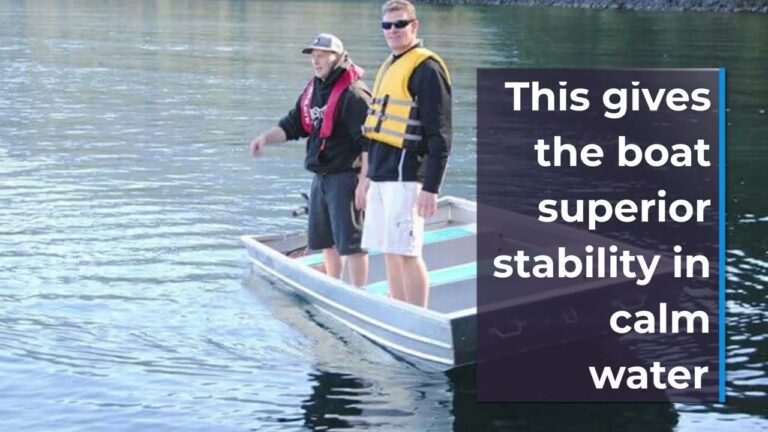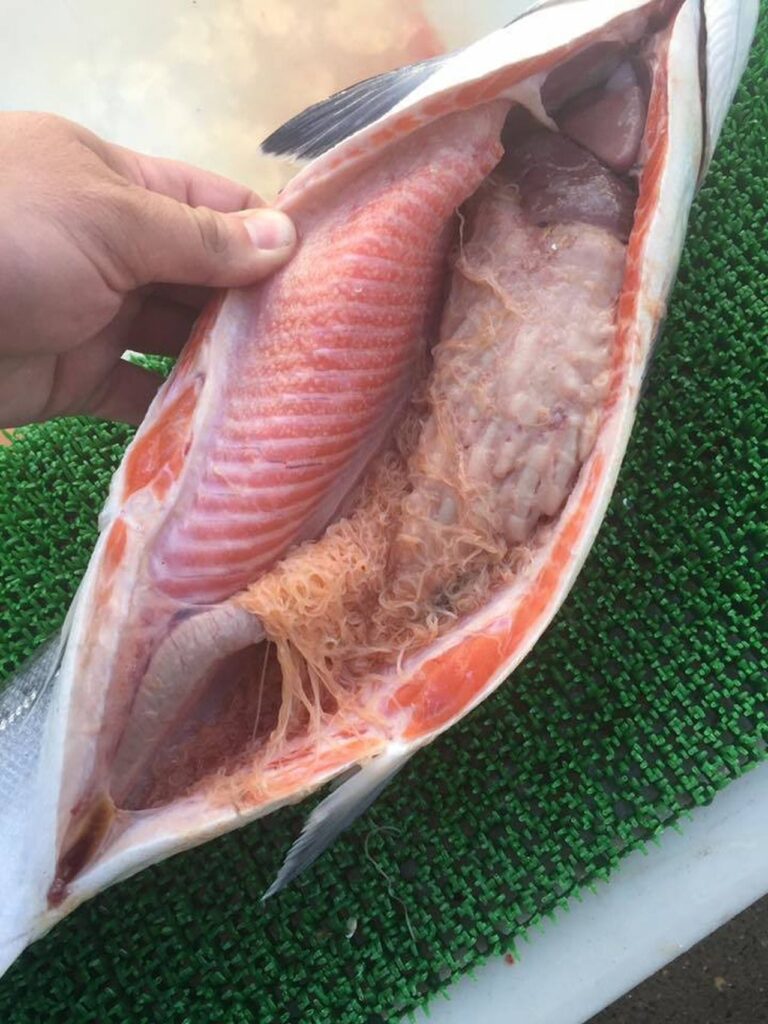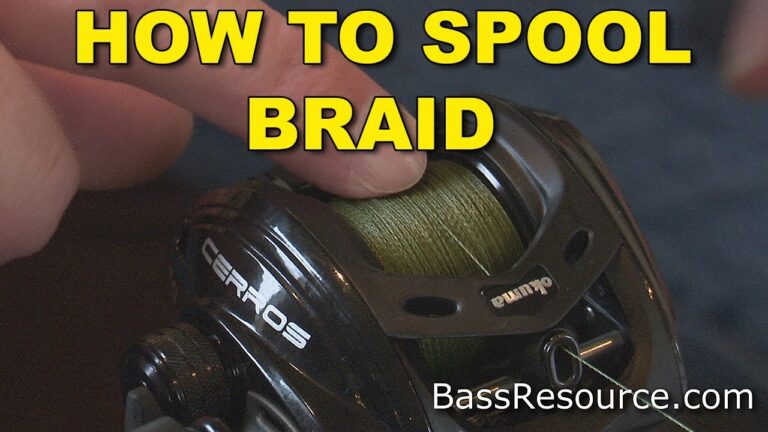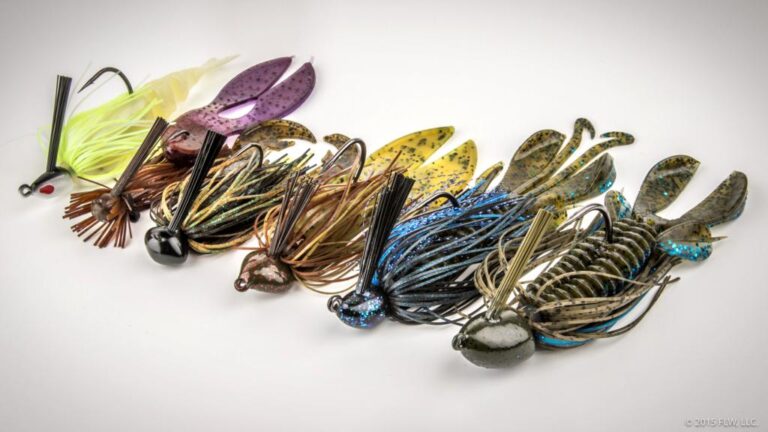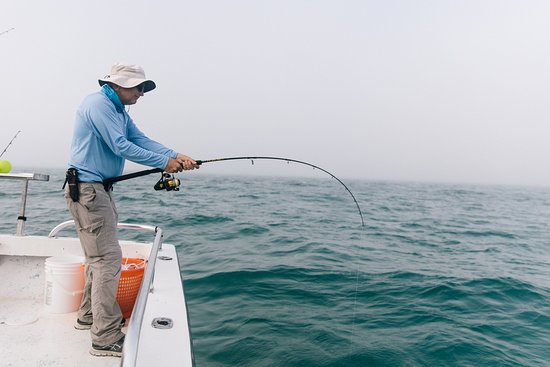How to Fish a Jig for Beginners
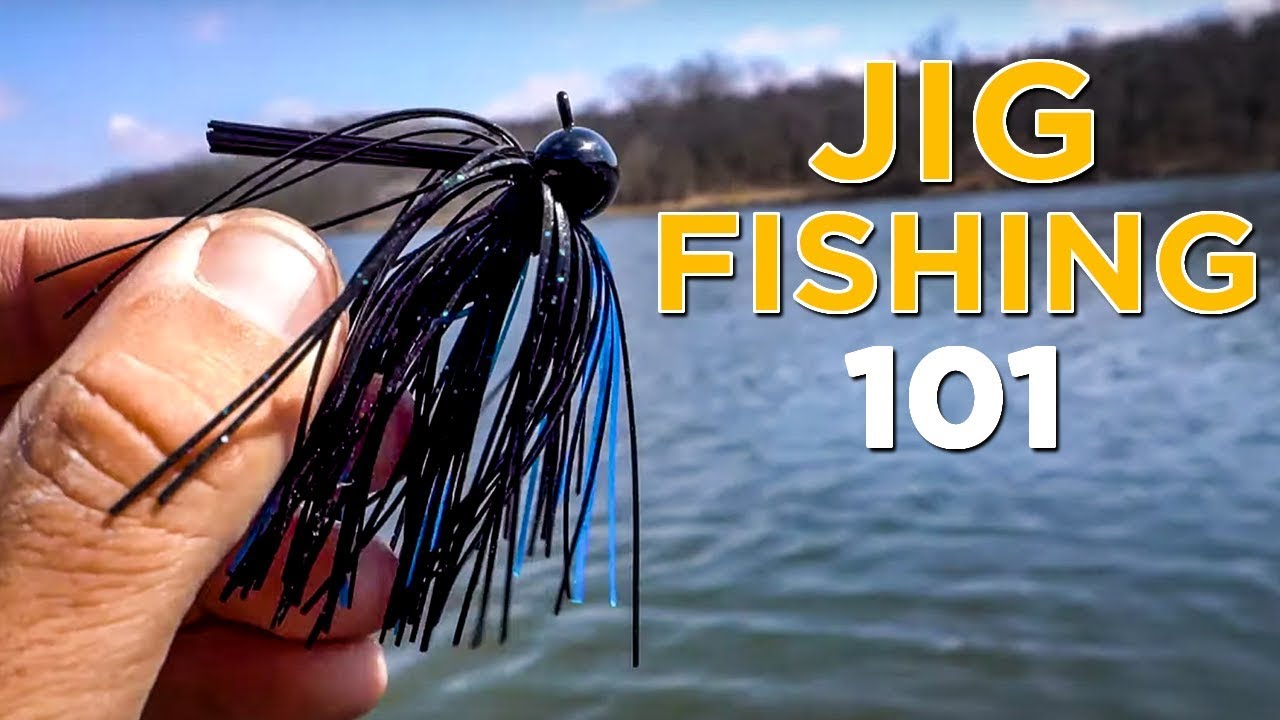
To fish a jig as a beginner, cast your jig out and let it sink to the bottom. Then, snap your wrist and rod tip up quickly to create movement, and let the lure drop back to the bottom.
You can jig the lure up and down, side to side, or in a combination of both. This technique can be effective for catching a variety of fish species. Additionally, jigs can be tipped with live bait or paired with plastic trailers to increase their attractiveness to fish.
With practice and experimentation, you can master the art of jig fishing and enjoy a successful fishing experience.
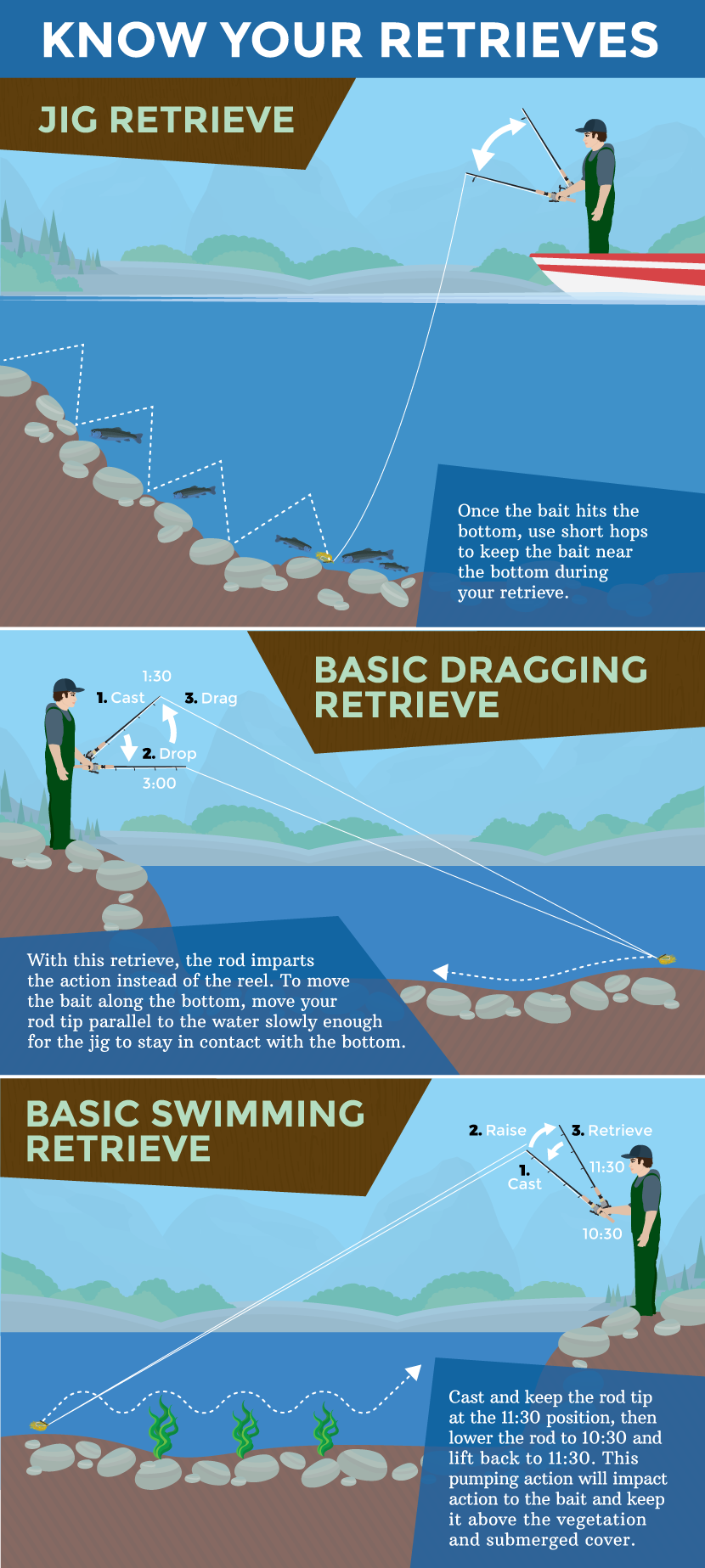
Credit: www.peppercustombaits.com
What Is A Jig?
What is a Jig? A jig is a type of fishing lure that consists of a weighted head and a hook molded into a single unit. It is often covered with a soft body to imitate prey. Definition of a jig: A jig is designed to be jerked, or jigged, up and down in a motion that mimics the movement of prey, attracting the attention of the fish.
Components of a jig: The main components of a jig include the hook, head, skirt, and trailer. The hook is used to catch the fish, while the head provides weight and helps the jig sink. The skirt and trailer add bulk and movement to the lure, imitating the appearance of natural prey and increasing its appeal to fish.

Credit: www.in-fisherman.com
Different Types Of Jigs
Discover the different types of jigs and learn how to fish them effectively as a beginner. From casting to different retrieves, this guide will help you master the art of jig fishing and catch more fish.
| How to Fish a Jig for Beginners |
| Different Types of Jigs |
| Swim Jig |
| A swim jig is a versatile type of jig that is designed to imitate baitfish. It is often used in shallow water and can be fished at various speeds depending on the desired action. When fishing a swim jig, it is important to cast it out and retrieve it in a steady and consistent manner. This will help mimic the natural movement of a swimming baitfish and attract the attention of bass. It is also important to vary the depth at which the swim jig is retrieved, as bass can be found at different depths depending on the time of year and water conditions. Swim jigs are typically paired with a trailer, such as a plastic worm or craw, to add additional action and attract fish. |
| Finesse Jig |
| A finesse jig is a smaller and more compact jig that is used in finesse fishing techniques. It is typically fished in clear water and is designed to imitate smaller prey, such as small baitfish or crawfish. When fishing with a finesse jig, it is important to use lighter line and a sensitive rod to detect subtle bites. Finesse jigs are often fished around cover, such as rocks or vegetation, and are retrieved slowly with small hops or crawls along the bottom. They can be paired with a trailer, such as a small plastic grub or creature bait, to add additional action and attract fish. |
| Casting Head Jig |
| A casting head jig is a type of jig that is designed for long casts and fast retrieves. It is often used in open water and is effective for covering a large area quickly. When fishing with a casting head jig, it is important to make long casts and retrieve the jig quickly near the surface of the water. This will help mimic the movement of a wounded baitfish and trigger aggressive strikes from bass. Casting head jigs are typically paired with a trailer, such as a paddle tail swimbait or a fluke-style bait, to add additional action and attract fish. |
| Spoon Jig |
| A spoon jig is a type of jig that is designed to resemble a spoon. It is often used in deep water and is effective for targeting suspended bass. When fishing with a spoon jig, it is important to make long casts and let the jig sink to the desired depth before starting the retrieve. The retrieve can vary depending on the desired action, but a common technique is to jerk the rod tip sharply to create an erratic, fluttering motion. This can trigger a reaction strike from bass that are feeding on baitfish. Spoon jigs can be fished at various depths and are often paired with a trailer, such as a plastic grub or minnow imitation, to add additional action and attract fish. |
Techniques For Fishing A Jig
When it comes to fishing a jig, there are a few techniques that beginners should learn. Casting and retrieving is one of the most common ways to fish a jig. Simply cast your jig out into the water and then reel it back in, imitating the movement of a prey fish. Another technique is jigging up and down. This involves lifting your rod tip up and then allowing the jig to free-fall back down. This can be especially effective when fishing in deeper water. Lastly, there is jigging side to side. This technique involves using short, sharp rod movements to make the jig dart from side to side. This can mimic the movement of a wounded baitfish and entice nearby fish to strike. Overall, fishing a jig can be a highly effective technique for beginners and experienced anglers alike.
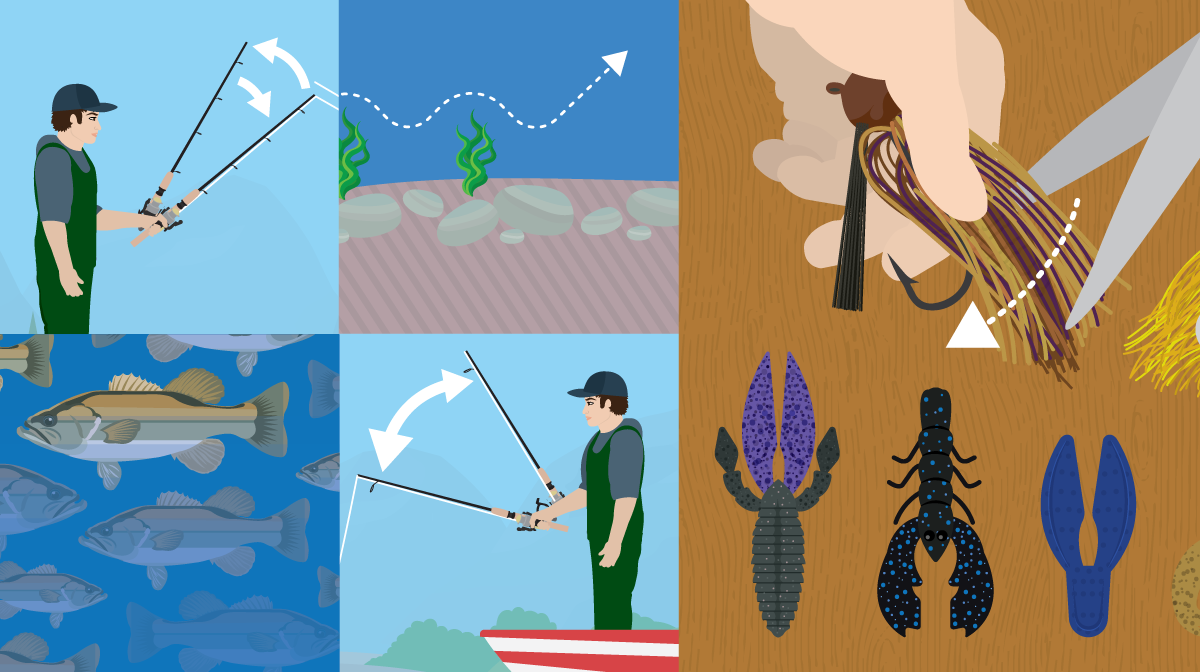
Credit: www.fix.com
Choosing The Right Jig And Equipment
Factors to consider when selecting a jig: Matching the jig with the appropriate rod and reel setup is essential. It’s crucial to ensure that the jig weight matches the rod and reel’s weight capacity to maintain balance and control during fishing. The size and color of the jig also play a significant role in attracting the target fish. Additionally, considering the water conditions and the type of fish you are targeting should influence your choice of jig.
Tips And Tricks For Jig Fishing
Casting a jig is a skill that every beginner angler should learn. Whether you choose to use live bait or plastic trailers, there are a few tips and tricks that can help improve your jig fishing technique.
Firstly, it’s important to know the best times and conditions for fishing a jig. Jigs are versatile lures that can be used all year round, in both clear and stained water conditions. They can be effective in various locations, including rocks, brush, docks, and even on the bottom.
Proper rigging and setup is also key to successful jig fishing. Ensure that your jig is properly rigged with the appropriate trailer and that your rod and reel setup is suitable for jig fishing.
Remember, when fishing a jig, you can choose to jig up and down, side to side, or a combination of both. Experiment with different retrieval techniques to see what works best for you.
In conclusion, jig fishing can be a rewarding and effective technique for beginners. Just remember to practice, experiment, and have fun on your fishing adventures!
Frequently Asked Questions Of How To Fish A Jig For Beginners
How Do You Jig Fish For Beginners?
To jig fish for beginners, cast the jig and let it sink. Snap the wrist and rod tip quickly and let the lure drop back. You can jig up and down or side to side. Jigs are versatile and can be used with live bait or plastics.
When Should I Fish A Jig?
You can fish a jig throughout the year in clear or stained water conditions. Jigs are versatile and can be used on various types of terrain. You can fish them without much expertise, making them suitable for beginners. Check out our guide on selecting the best jig and the appropriate fishing equipment.
Do You Need Bait On A Jig?
Jigs can be used with live bait or plastics to catch a variety of fish. They are versatile and an effective delivery system for fishermen.
How Do You Rig A Jig For Fishing?
To rig a jig for fishing, cast it out and let the hook sink to the bottom. Then, snap or pop your wrist and rod tip quickly, allowing the lure to drop back down. You can jig up and down or sideways for the best results.
Conclusion
Mastering the art of jig fishing can be both challenging and rewarding for beginners. With the right techniques and understanding of the jig’s versatility, anglers can confidently navigate various water and weather conditions to catch bass. From learning different jig types to understanding the appropriate jig trailers and fishing equipment, this guide equips anglers with the knowledge needed for successful jig fishing.
